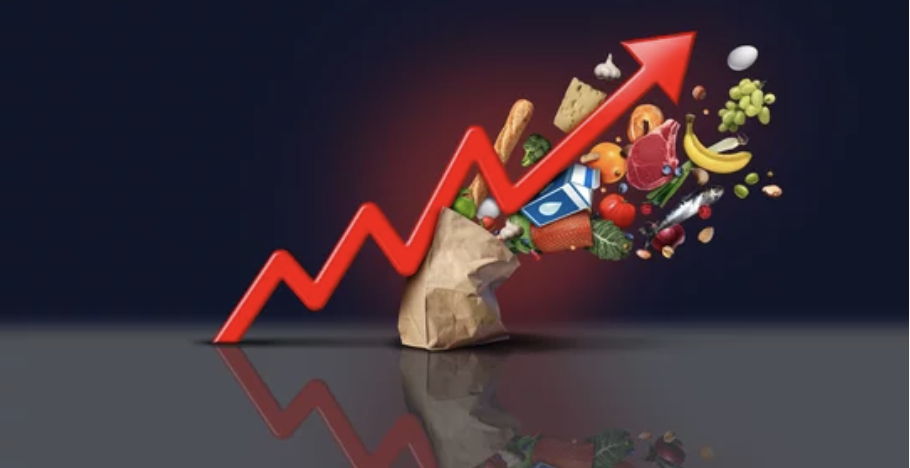Kerby Anderson
We keep hearing that inflation is down, but it doesn’t seem like it when we go to the grocery store or take our family out to eat. You get the bill and wonder if our mental math is correct. The bill can’t be that much.
No, you are not imagining food inflation. Two writers for the Wall Street Journal ran the numbers and concluded that Americans are spending a higher percentage on food than any time in the last three decades. Here’s how they described it:
“The last time Americans spent this much of their money on food, George H.W. Bush was in office, ‘Terminator 2: Judgment Day’ was in theaters and C+C Music Factory was rocking the Billboard charts.”
They concluded that “eating continues to cost more, even as overall inflation has eased.” They found that prices at restaurants and other eateries were up 5.1 percent last month compared with January 2023. As you would imagine, grocery costs also increased.
What does the future hold? The writers don’t have good news. They don’t believe that relief will arrive anytime soon. “Restaurant and food company executives said they are still grappling with rising labor costs and some ingredients, such as cocoa, that are only getting more expensive. Consumers, they said, will find ways to cope.”
Food producers have found one way to keep prices from rising: shrinkflation. You might remember the message from President Biden during the Super Bowl. He was sitting in the White House theater surrounded by Doritos, Oreos, Gatorade, and ice cream.
After he complained about shrinkflation, many got on social media to suggest he talk to the person in charge of the economy that caused that problem. I would suggest that dumping trillions of dollars in new spending might have something to do with inflation and the problem of shrinkflation.
 Listen Online
Listen Online Watch Online
Watch Online Find a Station in Your Area
Find a Station in Your Area










 Listen Now
Listen Now Watch Online
Watch Online
